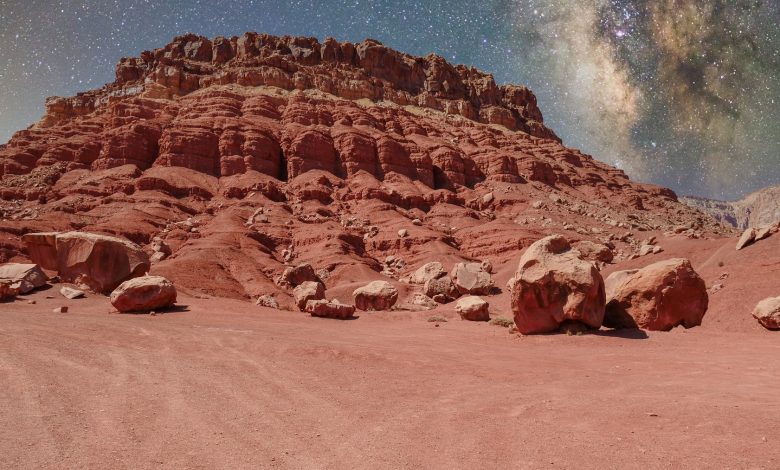Moxie: the oxygen generating robot on Mars

Moxie is a device that produces oxygen on Mars. According to the Nasa website, Moxie collects the CO2 present on Mars using a HEPA filter that is impervious to the dust present on the red planet. This CO2-saturated air is then compressed with a spiral pump and heated to about 800°C before being sent to an electrolysis system to break the CO2 molecules into CO and oxygen. This system is a solid oxide electrolysis with a nickel-based cathode. The MOXIE robot operates both day and night.
Moxie was designed and built by a team of engineers from MIT and carried aboard Perseverance, the NASA rover that has been operating on Mars for 18 years now. It is the size of a shoebox and weighs about 17 kilograms.
What does MOXIE mean?
MOXIE stands for Mars Oxygen In-Situ Resource Utilization Experiment, which means that it is a device that can operate on the Martian soil using the resources at its disposal to create or generate oxygen.
Why is MOXIE a great advance?
The fact that MOXIE has passed all its tests in real-world conditions is a real breakthrough for several reasons:
- Mars’ atmosphere contains about 96% CO2. To be able to transform part of it into oxygen is therefore a formidable prospect in the case of a future colonization of the planet.
- The device alone produces between 5 and 9 grams of oxygen at each test for a total of about 50 grams of oxygen produced, which is the amount needed to make a human breathe for 100 minutes. As another order of magnitude, let us note that the production of 5 to 9 grams per hour corresponds to what a medium-sized tree produces.
- it allows to save a lot of fuel because if we had to send large quantities of oxygen to Mars, we would need as much fuel more to bring this oxygen. To be able to produce it on site thanks to a dedicated device is the best solution.
So will there soon be a forest of robots and a breathable atmosphere on Mars?
This is what we could imagine. We plant a series of MOXIE robots on Mars and let’s go for colonization! No, because there are other obstacles to overcome: miniaturizing the device if possible, evaluating its life span (the cathode will not be eternal), understanding the implications of such an installation (modification of the Martian climate and its weather…).
The engineers who designed Moxie are now working on ways to improve the device. They want to make it smaller and lighter so that it can be used by future astronauts on long-duration missions to Mars.
In short, we’re not there yet to be able to breathe on Mars, but we can say that with Moxie, it’s well on the way.







